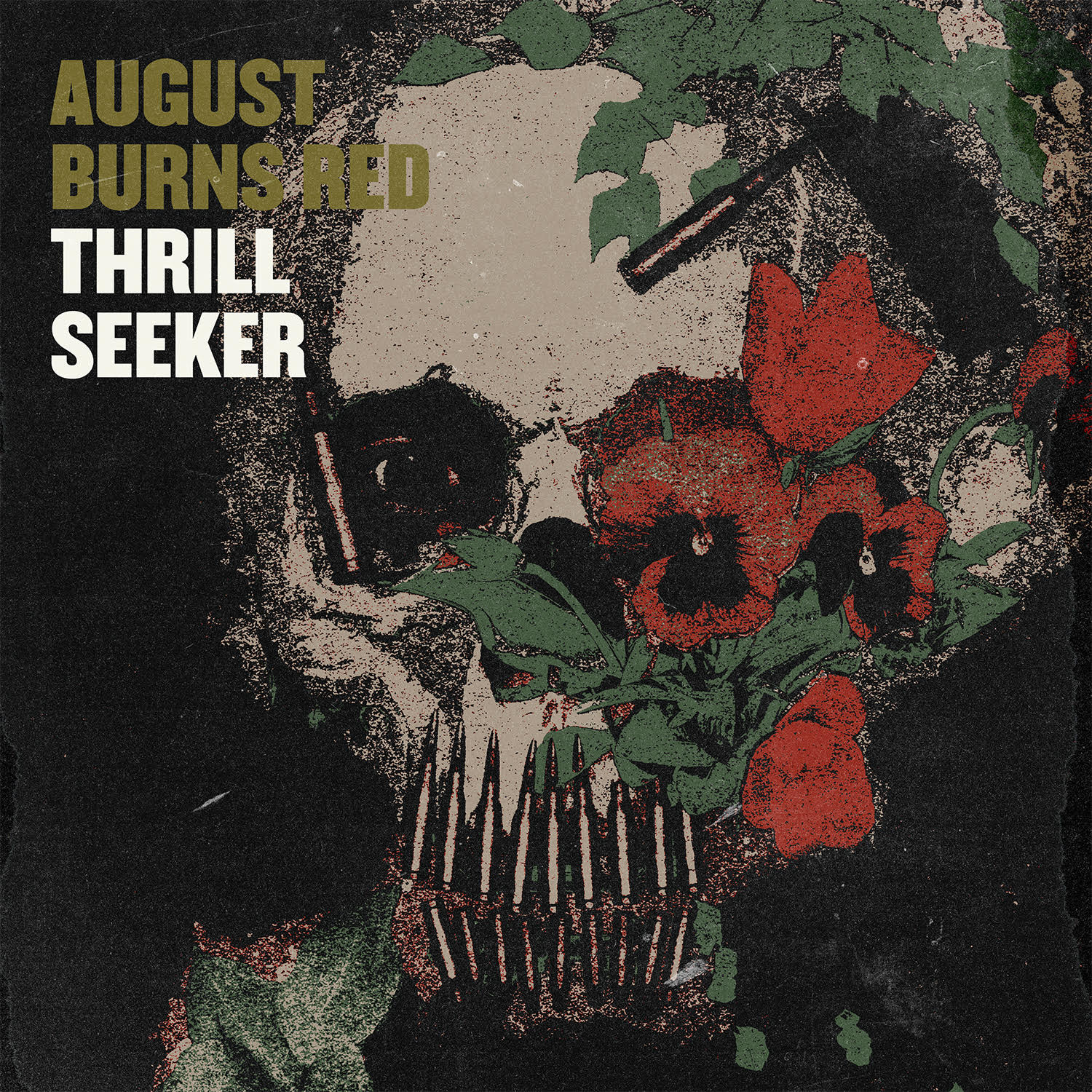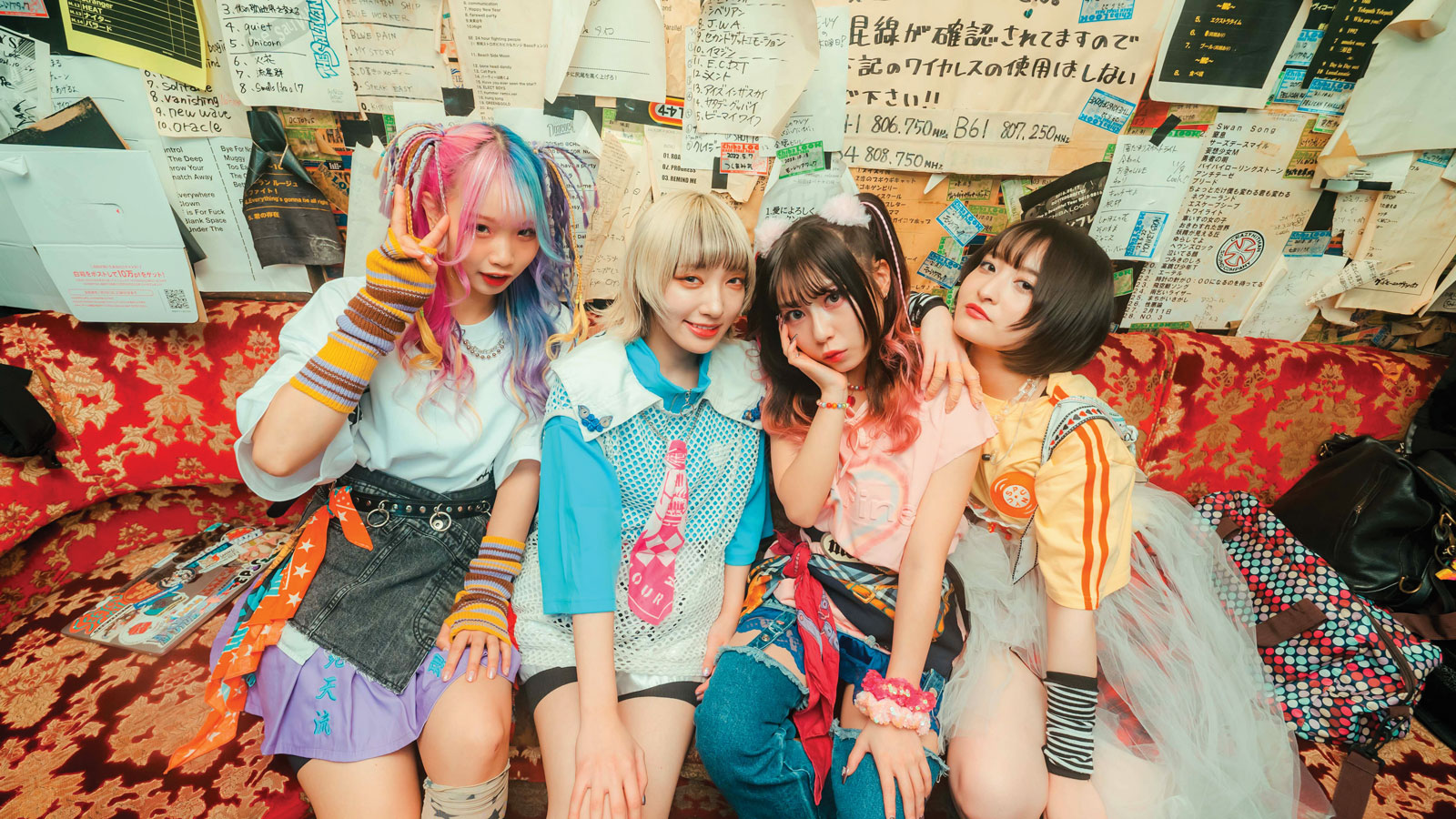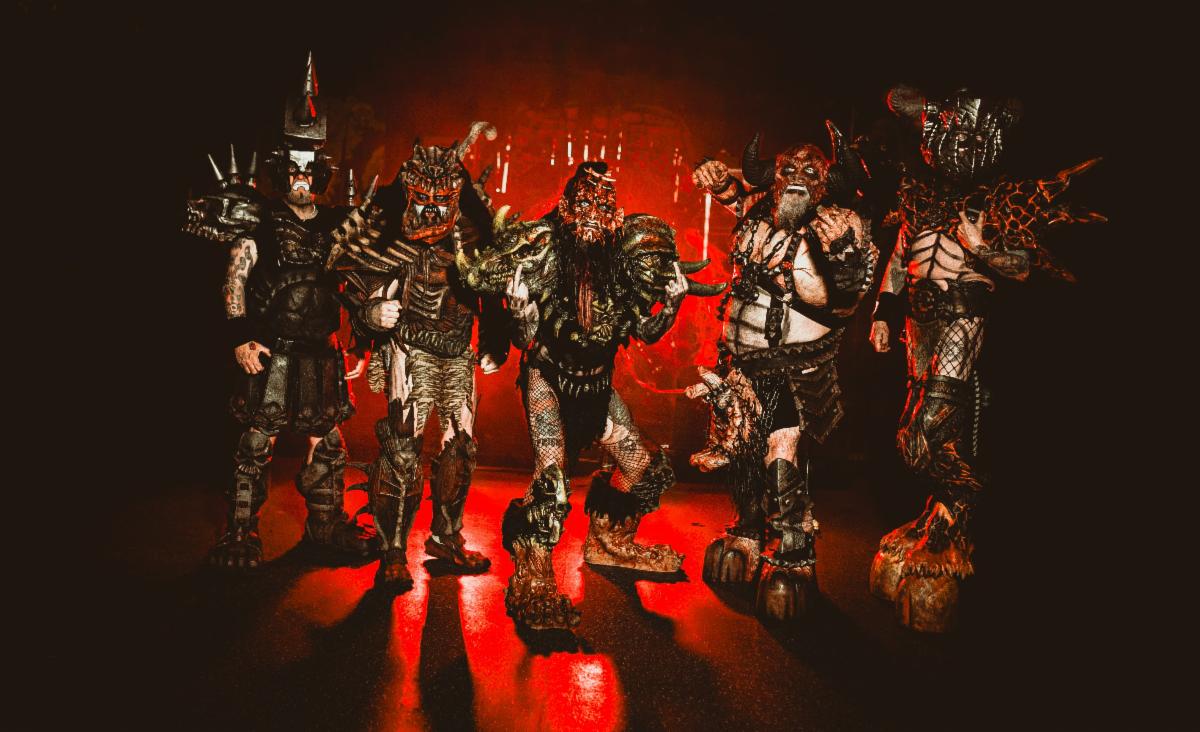Types of Bridal Bouquets
A bride’s bouquet holds immense significance on her special day, reflecting her personality and style while leaving a lasting impression in countless photographs. With a wide array of options available, it’s crucial for brides to explore the diverse types of bridal bouquets to choose the perfect floral arrangement for their wedding.
The cascading bouquet stands as the most popular choice among brides. Its distinctive design features flowers arranged in an elegant angled or curved manner, exuding sophistication. This style often combines multiple types of flowers, carefully selected to complement one another, resulting in a visually textured and layered arrangement. Roses, with their long stems and breathtaking cascades, frequently take center stage in this bouquet type, radiating beauty from the focal point.
Alternatively, brides may opt for a round or hand-tied bouquet. This style entails grouping together a single type or multiple types of flowers in a circular shape, secured with a ribbon either at the stem end or wrist portion, depending on personal preference. For more information about bridal bouquet click this link, https://wellliveflorist.com/collections/wedding. A round bouquet beautifully showcases single-color arrangements, such as an all-white ensemble of roses, delivering a classic and elegant aesthetic. For a more distinctive touch, mixed floral colors can be incorporated, allowing for a personalized and unique design.
History of Bridal Bouquets
The tradition of the bridal bouquet dates back centuries, steeped in rich history, symbolism, and cultural significance. Its roots trace back to ancient Greece, where it initially took the form of an herb bundle known as “floriography.” Brides carried these bundles filled with aromatic herbs like garlic, rosemary, and thyme, believing they would ward off evil spirits on their wedding day. Over time, this tradition evolved, embracing more intricate floral arrangements that resonated with cultures worldwide.
During the Victorian Era, brides began to carry posies composed of carefully selected blooms, each chosen to convey specific sentiments. This practice, referred to as “flower language,” added a layer of hidden meaning to bridal bouquets. Roses became a symbol of love, while ivy represented fidelity and constancy, making them popular choices at weddings. Combining different flowers allowed couples to craft unique bouquets that expressed their personal emotions on their big day.
In modern times, couples continue to embrace this tradition, incorporating elements from ancient folklore and Victorian-era floriography into their wedding decor. The choices made regarding the bridal bouquet serve as a testament to the couple’s shared love story, adding a touch of sentimentality to the celebration.
Meaning Behind Different Types of Flowers
The art of floral gifting goes beyond the mere aesthetic appeal of flowers; it encompasses the deep symbolism and meaning associated with different types of blooms. Understanding the hidden messages conveyed by various flowers can add an extra layer of significance to the act of giving. Here’s a glimpse into the meanings behind some of the most popular flowers:
Roses, particularly red ones, are often regarded as the ultimate symbol of love and passion. However, roses in different colors hold distinct meanings: pink represents grace, white signifies purity, yellow symbolizes friendship, orange denotes desire, and blue evokes mystery.
Tulips, with their vibrant hues, symbolize perfect love. They radiate cheerfulness, comfort, and energy. Each color variation carries its own message: purple signifies loyalty, white embodies forgiveness, yellow represents cheerful thoughts, and red symbolizes true love.
Lilies are renowned for their association with purity and innocence. They often evoke sentiments related to motherhood and eternal bonds with departed loved ones. White lilies are also linked to humility, while pink lilies symbolize prosperity and abundance.
Daisies hold a special place in conveying innocence and loyalty. These delicate blooms evoke memories of childhood or signify new beginnings when offered as a gift.
Steps to Assemble a Bridal Bouquet
Creating a bridal bouquet is an exciting and creative endeavor that allows you to craft a unique symbol of beauty for your special day. Follow these steps to assemble a stunning bouquet:
Step 1: Gather Your Supplies Collect the necessary materials, including floral tape, ribbon (chosen to complement your wedding dress), scissors, wire cutters, florist foam, and flowers in various colors and shapes. For added creativity, consider incorporating pearls or other decorative elements.
Step 2: Make Your Base Shape the florist foam or oasis material into a cone shape, creating a slight depression at the top. This depression will serve as the placement spot for each flower stem. As you carefully add each stem, the bouquet base will gradually take shape. Once complete, wrap the base with floral tape and your chosen ribbon, ensuring both security and visual texture.
Step 3: Place Flowers
Tips for Choosing the Right Bouquet for Your Wedding Day
Selecting the perfect bouquet for your wedding day can feel overwhelming with the multitude of options available. However, by following a few simple tips, you can make an informed decision and create a captivating bouquet that complements your special day.
First and foremost, consider your wedding theme and color palette. Ensure the chosen flowers harmonize with the overall aesthetic, whether you opt for pastel-colored blooms for an outdoor springtime ceremony or deeper hues like red and purple for an indoor winter celebration.
Additionally, think about the size of the bouquet in relation to yourself and other members of the bridal party. Consider the level of detail on your dress – if it features intricate lace or ruffles, a smaller bouquet may be more suitable. On the other hand, a plainer dress can be complemented by a larger bouquet with more fullness, adding a captivating touch to your ensemble.
By applying these tips and infusing your personal style into the selection process, you can confidently choose a bouquet that enhances the beauty and meaning of your wedding day.



